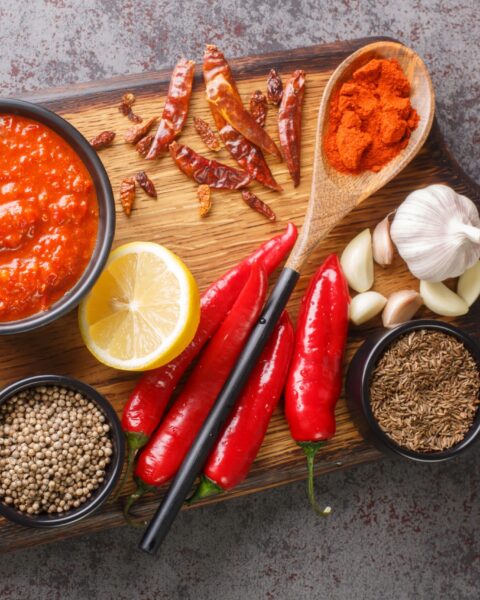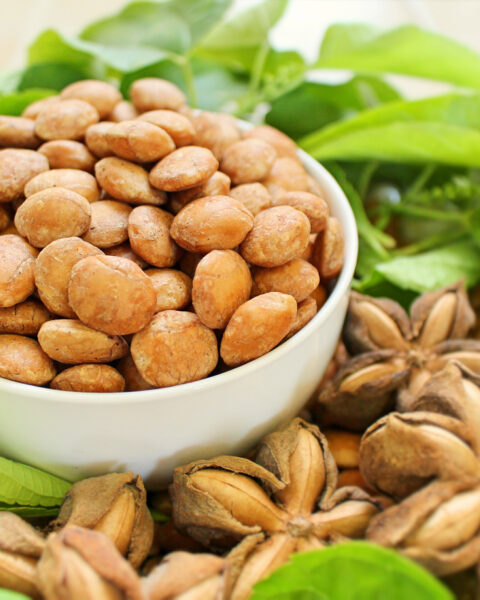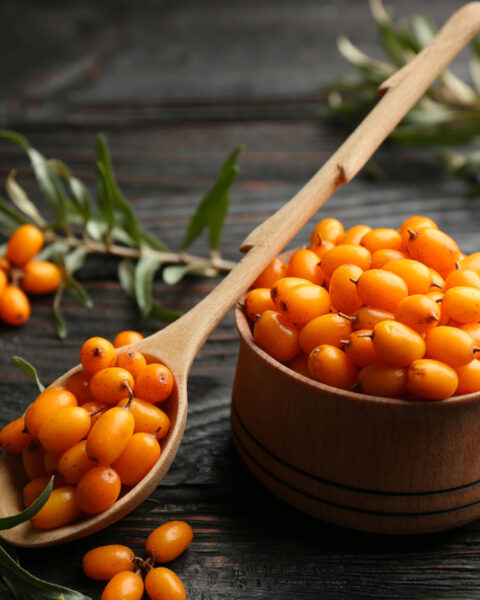Contents
- 1 Broccoli
- 2 Pumpkin Seeds
- 3 Nuts
- 4 Berries
- 5 Oatmeal
- 6 Sweet Potatoes
- 7 Dark Leafy Greens
- 8 Avocados
- 9 Legumes
- 10 Quinoa
- 11 Greek Yogurt
- 12 Chia Seeds
- 13 Cinnamon
- 14 Garlic
- 15 Apples
- 16 Flaxseeds
- 17 Tomatoes
- 18 More From RetailShout
- 19 13 Renowned Old-School Sandwich Shops Across America
- 20 15 Time-Honored Cocktail Bars with a Storied Past
Broccoli
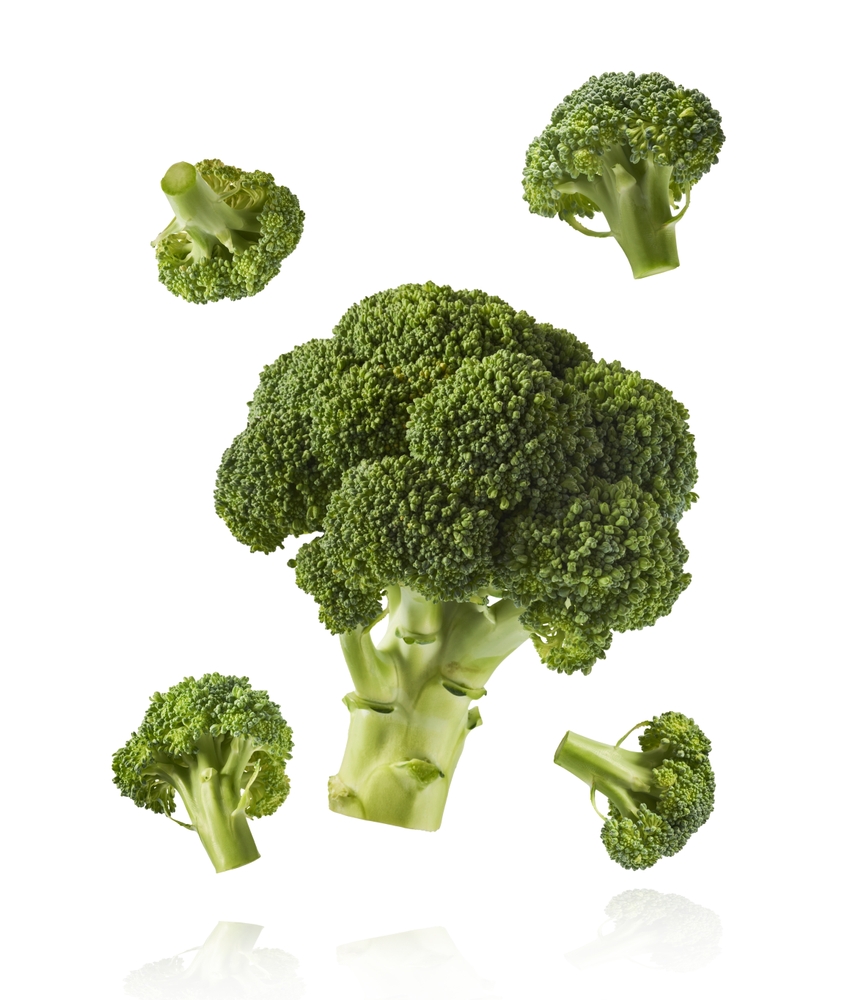
Broccoli is rich in sulforaphane, a compound known to improve insulin sensitivity and reduce blood sugar levels. It contains a high amount of fiber, which slows down the absorption of sugar in the blood. This cruciferous vegetable is also packed with antioxidants that combat oxidative stress linked to high blood sugar. Moreover, broccoli is low in carbohydrates, making it an ideal choice for those managing diabetes. The presence of vitamins like A and C in broccoli further supports overall metabolic health. Incorporating broccoli into your diet regularly can help maintain stable blood sugar levels.
Pumpkin Seeds
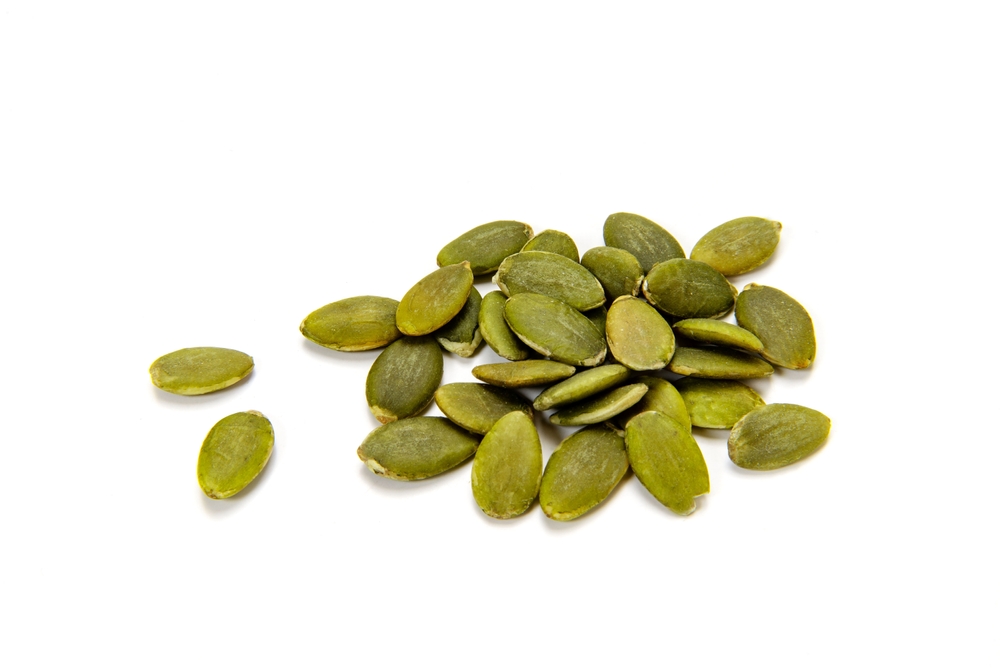
Pumpkin seeds are a powerhouse of nutrients like magnesium, zinc, and healthy fats that contribute to better blood sugar control. Magnesium plays a crucial role in improving insulin sensitivity, while zinc helps in insulin production. The healthy fats in pumpkin seeds slow down the digestion of carbohydrates, preventing blood sugar spikes. Additionally, pumpkin seeds have a low glycemic index, meaning they cause a slower rise in blood sugar levels. They are also rich in antioxidants, which protect the body from oxidative stress. Snacking on pumpkin seeds or adding them to meals can be a great way to stabilize blood sugar.
Nuts

Nuts, such as almonds, walnuts, and cashews, are excellent for regulating blood sugar due to their high fiber and healthy fat content. These nutrients slow the absorption of carbohydrates, leading to more stable blood sugar levels. Additionally, nuts have been shown to reduce inflammation, which is often associated with insulin resistance. Their low carbohydrate content also makes them a safe snack option for people with diabetes. Regular consumption of nuts can lead to improved insulin sensitivity and lower fasting blood sugar levels. Including a variety of nuts in your diet can support long-term blood sugar control.
Berries

Berries like blueberries, strawberries, and raspberries are not only delicious but also beneficial for blood sugar regulation. They are packed with fiber, which slows down the digestion and absorption of sugar. Berries are also rich in antioxidants, particularly anthocyanins, which have been shown to improve insulin sensitivity. Their low glycemic index means they have a minimal impact on blood sugar levels. Moreover, berries are low in calories, making them a healthy snack choice. Regular consumption of berries can contribute to better glycemic control and reduce the risk of diabetes complications.
Oatmeal

Oatmeal is a whole grain that provides a steady release of energy, preventing sharp spikes in blood sugar. It contains beta-glucan, a type of soluble fiber that slows the absorption of glucose into the bloodstream. This fiber also promotes a feeling of fullness, which can help in weight management, a key factor in blood sugar control. Oatmeal is also rich in essential nutrients like magnesium and chromium, which enhance insulin sensitivity. Choosing steel-cut or rolled oats is preferable as they are less processed and retain more of their natural fiber. Including oatmeal in your breakfast routine can help maintain steady blood sugar levels throughout the day.
Sweet Potatoes

Sweet potatoes are a nutrient-dense food that provides a steady source of energy without causing blood sugar spikes. They are rich in fiber, which slows the digestion of carbohydrates and the release of glucose into the bloodstream. Sweet potatoes are also a good source of vitamin A and potassium, which contribute to overall metabolic health. Their lower glycemic index compared to regular potatoes makes them a better choice for blood sugar control. Additionally, the antioxidants in sweet potatoes help reduce inflammation, a common issue in people with diabetes. Baking or steaming sweet potatoes is a healthy way to incorporate them into your diet.
Dark Leafy Greens
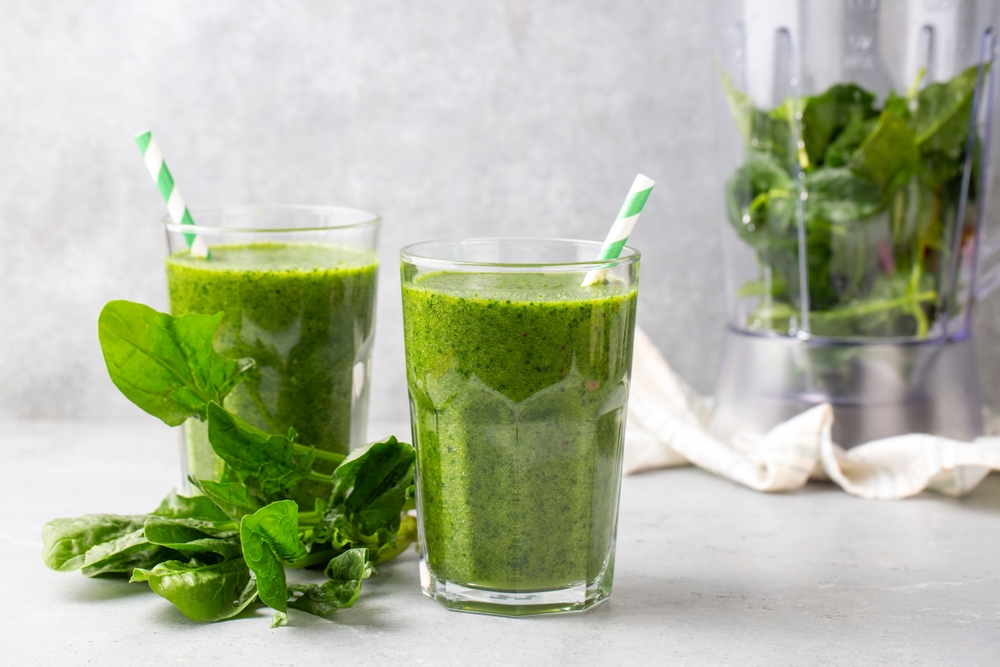
Dark leafy greens such as spinach, kale, and Swiss chard are low in carbohydrates and calories, making them ideal for blood sugar regulation. They are packed with nutrients like magnesium, which is crucial for insulin sensitivity. These greens also contain antioxidants, including vitamins A and C, which protect against oxidative stress linked to high blood sugar. The high fiber content in dark leafy greens slows down digestion, leading to a more gradual release of glucose into the blood. Additionally, these vegetables are versatile and can be easily added to a variety of dishes. Including dark leafy greens in your meals can significantly improve blood sugar management.
Avocados

Avocados are rich in healthy monounsaturated fats, which help stabilize blood sugar levels by slowing the digestion of carbohydrates. They also contain fiber, which further aids in preventing blood sugar spikes. Avocados are low in carbohydrates, making them a diabetic-friendly food. Additionally, they are a good source of vitamins C, E, and K, which support overall health and help reduce inflammation. The presence of potassium in avocados also aids in regulating blood pressure, another important factor for those managing diabetes. Adding avocado to your meals can provide lasting energy and keep blood sugar levels in check.
Legumes

Legumes, including beans, lentils, and chickpeas, are excellent sources of fiber and protein, which help regulate blood sugar levels. The fiber content in legumes slows down the absorption of sugar, preventing spikes in blood glucose. They also have a low glycemic index, meaning they cause a slower, more gradual rise in blood sugar levels. Legumes are also rich in magnesium and potassium, nutrients that are important for maintaining insulin sensitivity. Furthermore, their high protein content makes them a satisfying food choice, helping to control hunger and reduce overeating. Incorporating legumes into your diet can lead to better blood sugar management.
Quinoa

Quinoa is a whole grain that is high in protein and fiber, making it a great choice for blood sugar control. Unlike refined grains, quinoa has a low glycemic index, meaning it does not cause rapid spikes in blood glucose. The fiber in quinoa slows the absorption of sugar into the bloodstream, while its protein content helps regulate insulin levels. Quinoa is also rich in magnesium, which improves insulin sensitivity and supports overall metabolic health. Its versatility in cooking allows it to be used in a variety of dishes, making it easy to include in a balanced diet. Eating quinoa regularly can help maintain stable blood sugar levels.
Greek Yogurt

Greek yogurt is a probiotic-rich food that can help regulate blood sugar levels by improving gut health. The probiotics in Greek yogurt have been shown to enhance insulin sensitivity and reduce inflammation, both of which are important for blood sugar control. Greek yogurt is also high in protein, which helps slow the absorption of carbohydrates and prevents blood sugar spikes. Its low carbohydrate content makes it a better option than regular yogurt for those managing diabetes. Additionally, Greek yogurt is rich in calcium and vitamin D, which support overall metabolic health. Including Greek yogurt in your diet can be beneficial for maintaining healthy blood sugar levels.
Chia Seeds
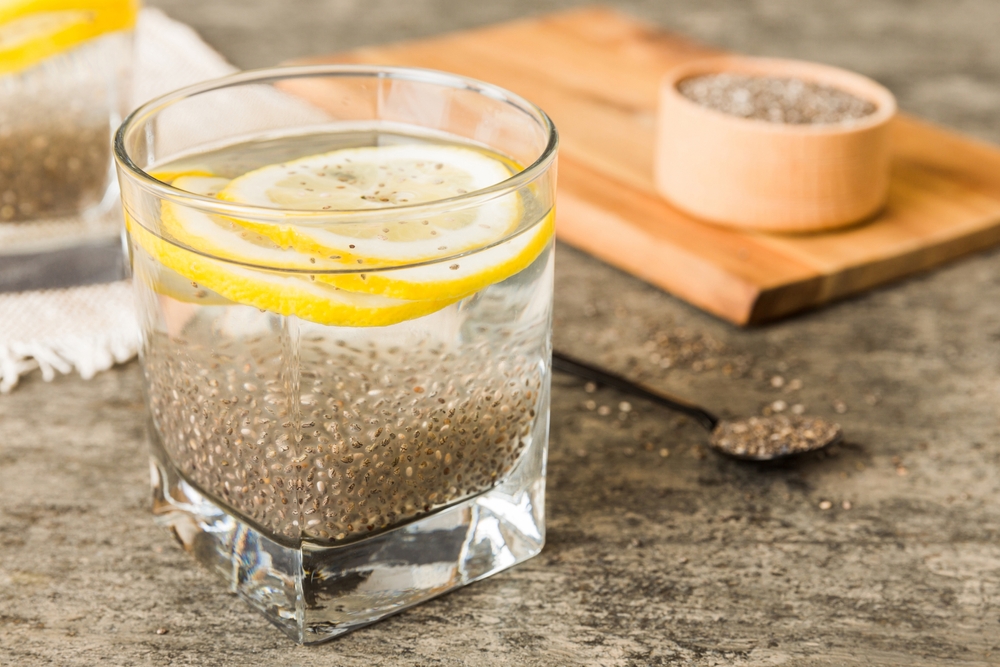
Chia seeds are packed with fiber and omega-3 fatty acids, making them an excellent choice for blood sugar regulation. The soluble fiber in chia seeds forms a gel-like substance in the stomach, which slows the digestion of carbohydrates and the release of glucose into the bloodstream. Chia seeds also have a low glycemic index, meaning they cause a slower rise in blood sugar levels. The omega-3 fatty acids in chia seeds help reduce inflammation and improve insulin sensitivity. Additionally, chia seeds are a good source of antioxidants, which protect the body from oxidative stress. Adding chia seeds to smoothies, yogurt, or oatmeal can help keep blood sugar levels stable.
Cinnamon

Cinnamon is a spice that has been shown to improve insulin sensitivity and lower blood sugar levels. It contains bioactive compounds that mimic insulin, helping to improve glucose uptake by cells. Cinnamon also slows the breakdown of carbohydrates in the digestive tract, which prevents blood sugar spikes. Additionally, it has anti-inflammatory properties that help reduce inflammation associated with high blood sugar. The antioxidants in cinnamon protect against oxidative stress and may reduce the risk of diabetes complications. Adding a small amount of cinnamon to your meals or beverages can support blood sugar control.
Garlic

Garlic has been found to improve blood sugar levels by enhancing insulin sensitivity and reducing inflammation. It contains compounds like allicin, which have been shown to have anti-diabetic effects. Garlic also helps lower cholesterol and blood pressure, both of which are important for people with diabetes. The antioxidants in garlic protect against oxidative damage, which is linked to high blood sugar levels. Additionally, garlic can help improve circulation, which is often compromised in individuals with diabetes. Incorporating garlic into your diet can provide multiple health benefits, including better blood sugar control.
Apples

Apples are a low-glycemic fruit that can help regulate blood sugar levels due to their high fiber content. The soluble fiber in apples slows the absorption of sugar into the bloodstream, preventing spikes in blood glucose. Apples are also rich in polyphenols, which have been shown to improve insulin sensitivity. Additionally, the antioxidants in apples help reduce inflammation and protect against oxidative stress, which is associated with diabetes complications. Eating apples with the skin on provides the most fiber and nutrients. Including apples as a regular part of your diet can contribute to better blood sugar management.
Flaxseeds
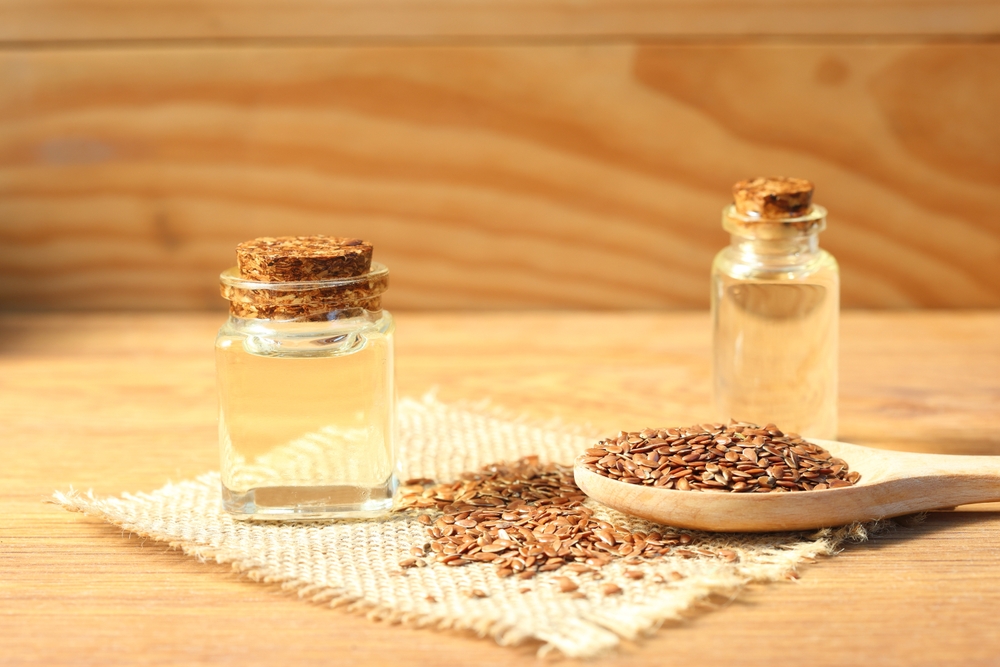
Flaxseeds are rich in fiber, omega-3 fatty acids, and lignans, all of which help regulate blood sugar levels. The soluble fiber in flaxseeds slows the digestion of carbohydrates, leading to a more gradual release of glucose into the bloodstream. The omega-3 fatty acids in flaxseeds help reduce inflammation and improve insulin sensitivity. Additionally, flaxseeds have a low glycemic index, making them a suitable food for people with diabetes. The lignans in flaxseeds have antioxidant properties that protect against oxidative stress. Adding ground flaxseeds to your diet can help stabilize blood sugar levels and provide other health benefits.
Tomatoes

Tomatoes are a low-calorie, low-carbohydrate vegetable that can help regulate blood sugar levels. They are rich in lycopene, an antioxidant that has been shown to improve insulin sensitivity and reduce oxidative stress, both of which are important for blood sugar control. The fiber in tomatoes also slows the absorption of sugar into the bloodstream, preventing sharp spikes in blood glucose levels. Additionally, tomatoes contain vitamins C and A, which support overall metabolic health and reduce inflammation. Their low glycemic index makes them a safe option for people with diabetes. Incorporating tomatoes into salads, sauces, or as a side dish can contribute to better blood sugar management.
This article originally appeared on RetailShout.
More From RetailShout
Top 15 Early Black Friday Deals to Score at Target
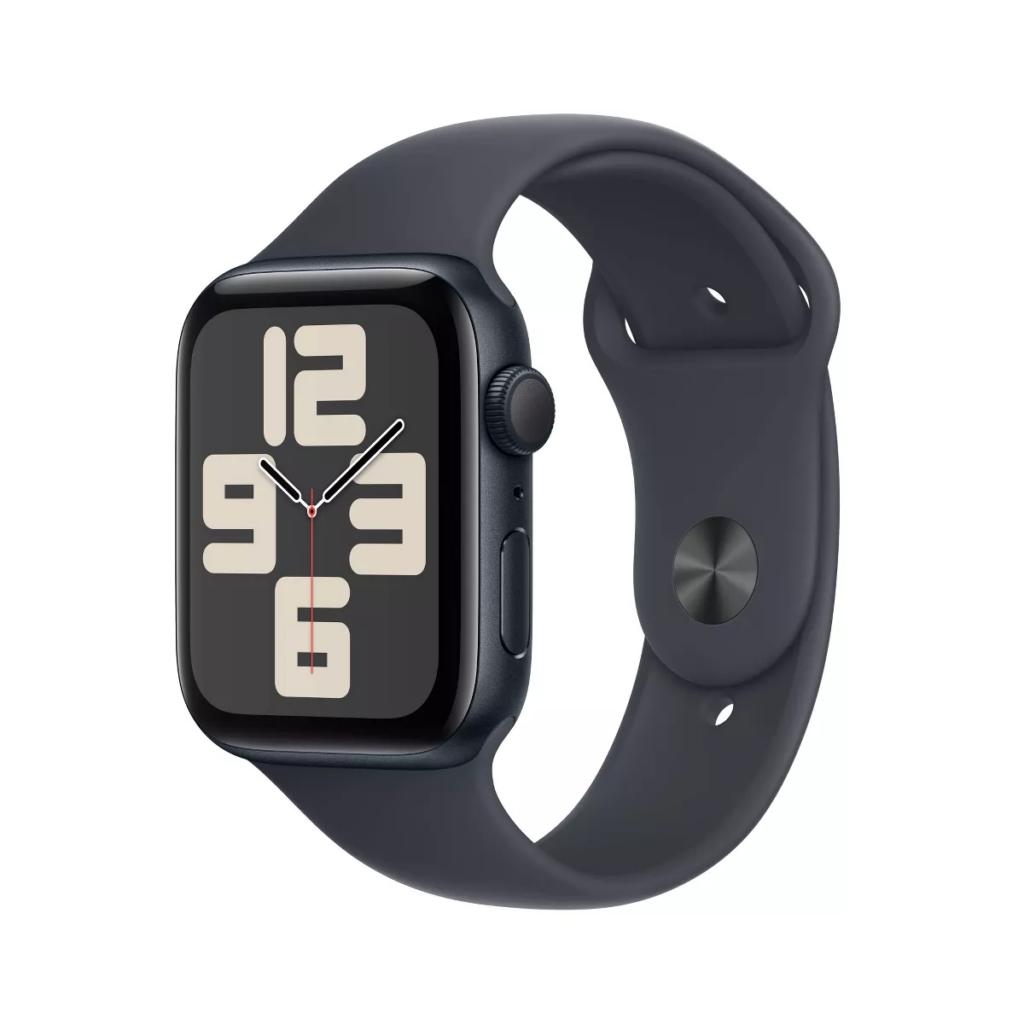
Black Friday is right around the corner, but Target is already rolling out some amazing early deals that you won’t want to miss. Whether you’re shopping for holiday gifts, upgrading your home, or treating yourself, these deals make it easy to save big before the rush. Read More.
13 Renowned Old-School Sandwich Shops Across America

Craving a sandwich that’s more than just a quick bite? America’s old-school sandwich shops are serving up more than bread and meat – they’re dishing out history, tradition, and a whole lot of flavor. Read More.
15 Time-Honored Cocktail Bars with a Storied Past

There’s something magical about stepping into a bar with history etched into its walls. The bars on this list have stood the test of time, keeping their unique charm and traditions alive while welcoming new faces from around the world. Read More.


